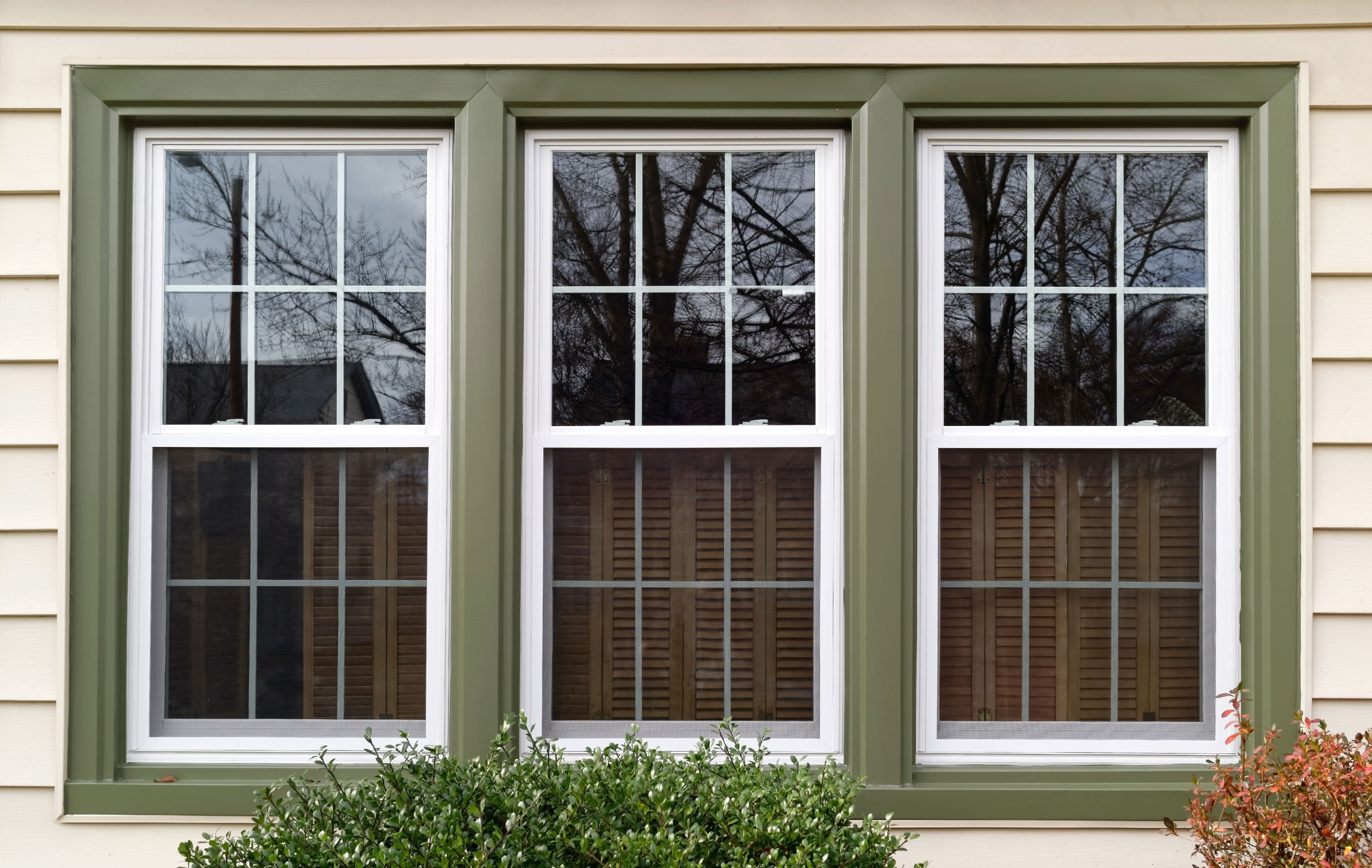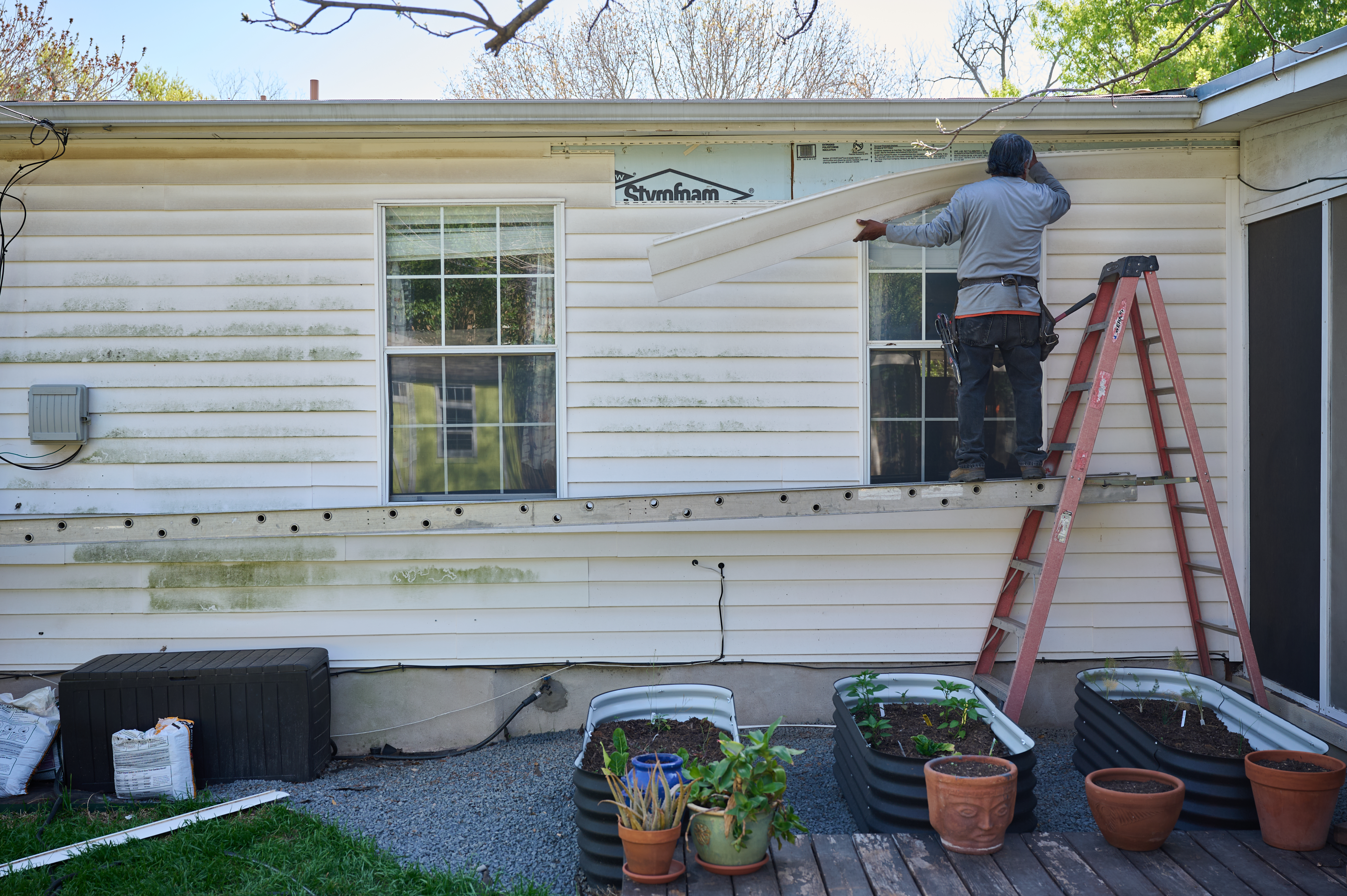
Brick veneer is a popular siding material that can boost your curb appeal. Learn all about how much this siding material costs based on factors like location and type.
Channel your inner siding pro and learn about this versatile vinyl trim


J-channels are a “J” shaped, do-it-all trim used in vinyl siding systems.
They’re installed around openings, like windows, to create a finished look and prevent water invasion.
Many vinyl-specific windows have J-channels already built in.
You can buy a J-channel for about $7 at most hardware stores.
The “J” in J-channel should stand for the “jack of all trims.” This low-cost piece of trim fits a variety of roles (and holes) around your vinyl siding, including window openings, doors, and more, to create a streamlined finished product. Keep reading to learn all about this versatile and critical component of your siding system.
J-channels are an important piece of your vinyl siding system. Without a J-channel, you’d see the rough, unfinished edge of your siding around areas like corners, eaves, soffits, windows, or doors, and water could get into your siding. A J-channel is a trim piece resembling the letter “J” that creates a neat finish at any edge along your siding to provide a watertight finish.
Most new windows specifically designed for vinyl homes come with a J-channel already installed. During window installation, you can also choose to add your own J-channels in the color or finish of your choice, ranging from standard white to wood grain finish.
Each of the four pieces are overlapped to create a tight and flush seam, mimicking that “J” shape. That means when making cuts with your miter saw, leave a little extra room to allow for the overlap. Once everything is in place, look for the small nail slots on the J-channel and nail it to the siding. At the end, tuck the siding underneath the J-channel to create a seamless finish.
Most experts also recommend cutting drainage tabs or drilling small holes into the J-channel ends at the bottom of windows and doors to allow water to drain easily.

If you have vinyl siding, there isn’t really a viable alternative to a J channel in most cases—but that doesn’t mean you should overlook the benefits and potential headaches that may come with it (and, by extension, the pros and cons of vinyl siding).
Effective water management: J-channels help guide water away from windows, doors, and corners to protect your home from mold or wood rot.
Affordable finishing: J-channels themselves are fairly affordable ($5 to $10) and can be found at your local hardware store. When considering the cost of window replacement, the j-channel won’t play a big role in cost, just in the overall finished product.
Easy maintenance: Vinyl is easy to clean and replace as needed, so you can keep your home and j-channels looking good as new any time of the year.
Customizable: J-channels come in a variety of colors and styles, whether you want your trim to blend in or stand out. If you’re unsure what look you’re going for, find someone who installs siding and ask for a design book.
Can leak: Incorrect installation can lead to leaks and a host of other issues. And unfortunately, it’s hard to catch the signs of siding problems related to leaks, as they can often be invisible to the naked eye. That’s why it’s important to hire a reputable siding pro near you.
May look cheap: Some homeowners think vinyl (and, in turn, j-channels) look plasticy and cheap, especially if your neighbors have a wood or brick home.
Not very durable: J-channels can warp in extremely cold or hot weather, leaving gaps where water or insects can enter. While they’re not expensive to replace, it can still be a hassle.
If you have any type of vinyl siding, J-channels are sort of an all-purpose trim choice. However, there are a few times when a different kind of trim may be a better fit.
Sill or utility trim: This trim forms a tight loop, unlike J-channels, which are open; therefore, it’s best suited for areas where nailing flanges have been removed, such as under a window sill.
F-channel: F-channels have two shelves, compared to the J-channel’s one, which makes them a better choice for areas where a soffit meets the wall.
From average costs to expert advice, get all the answers you need to get your job done.

Brick veneer is a popular siding material that can boost your curb appeal. Learn all about how much this siding material costs based on factors like location and type.

The stone veneer siding cost you’ll pay depends significantly on materials and local labor costs. Learn more about factors that affect the project’s cost.

Siding replacement costs around $11,000 on average, but several factors influence what you’ll pay. Our guide breaks down all the siding cost factors.

Knowing how many pieces of siding are in a square can help ensure you order the right amount of siding for a smooth, problem-free installation.

Planning on revamping your home’s exterior and wondering if you need a permit for siding replacement? Learn when you’ll need one and how to confirm.

Determining how much EIFS costs per square foot is the key to predicting your bottom line when replacing or installing this long-lasting home cladding option.